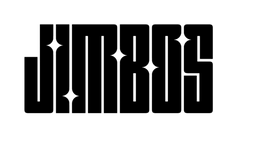Graphene vs Ceramic Spray – What’s the Difference?
Both ceramic and graphene sprays promise insane water beading, protection, and gloss—but which one is actually better?
This post breaks down the real differences between graphene and ceramic sprays—what’s hype, what’s real, and which one is best for your car.
Quick Overview: What Are They?
Ceramic Spray
Made with SiO₂ (silicon dioxide), ceramic sprays create a protective layer that enhances gloss, repels water, and makes your paint easier to maintain.
Graphene Spray
Graphene sprays use reduced graphene oxide—a newer material that's often blended with SiO₂ to boost durability, slickness, and water-spot resistance.
But here's the catch: Most “graphene” sprays are just ceramic sprays with a tiny bit of graphene added.
Graphene vs Ceramic – Side-by-Side
| Feature | Ceramic Spray | Graphene Spray |
|---|---|---|
| Durability | 2–6 months (depending on formula) | Up to 6–9 months (if legit) |
| Water Spot Resistance | Moderate | Better due to lower surface heat retention |
| Gloss & Depth | High gloss, glassy finish | Often darker, slicker look |
| Ease of Use | Spray and wipe | Spray and wipe (same process) |
| Price | Usually more affordable | Typically 15–30% more |
Which One Should You Choose?
- Want proven performance + value? Stick with a high-quality ceramic spray like Tough As Shell.
- Want max longevity and depth? Go with a pro-level wipe-on like Gloss Boss.
- Curious about graphene? Just make sure you're not overpaying for a repackaged ceramic spray with marketing fluff.
Related Reading to Go Deeper
- Does Ceramic Spray Really Protect Car Paint?
- Spray Ceramic Longevity on a Daily Driver
- Graphene Spray Coating Myths – Debunked
Don't Pay for Hype—Buy What Works.
Tough As Shell offers real ceramic protection at a fair price. Want pro-level longevity? Gloss Boss delivers up to 5 years of wipe-on, walk-away shine.



